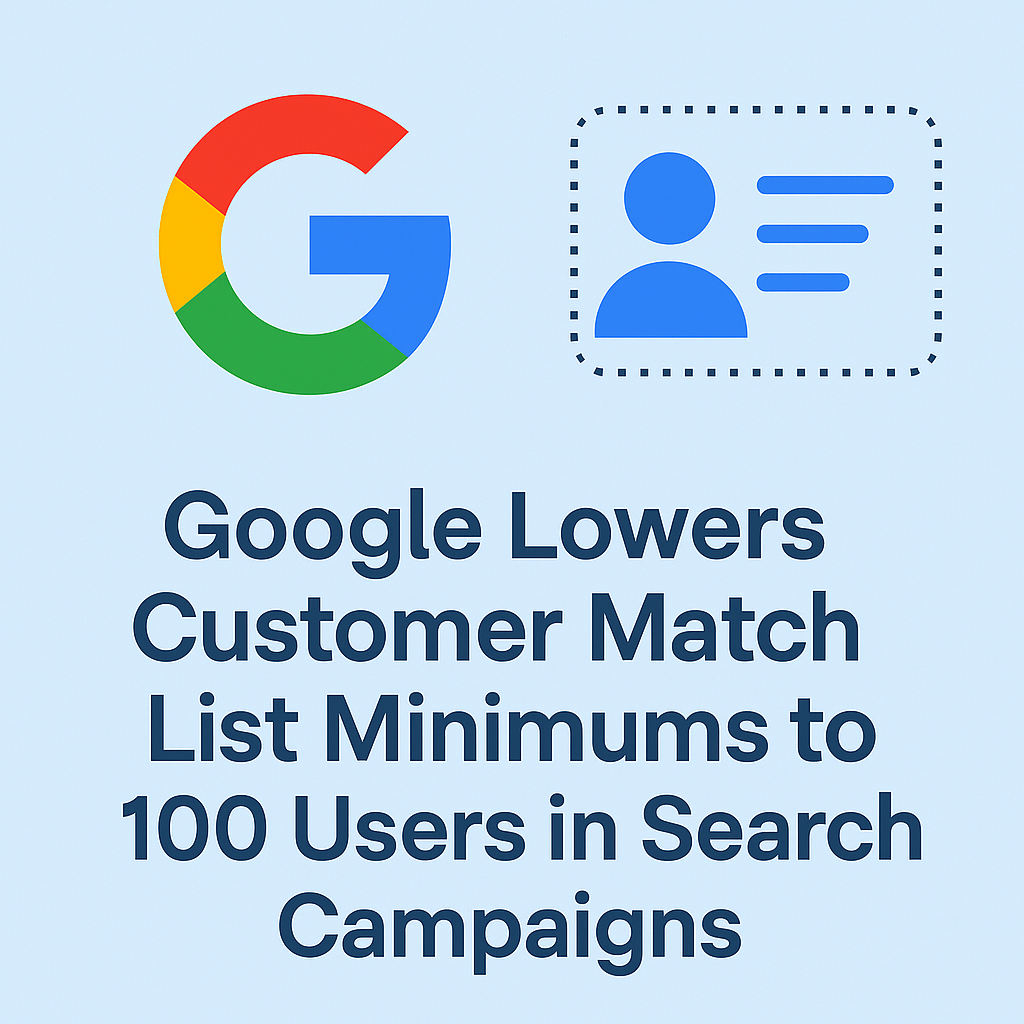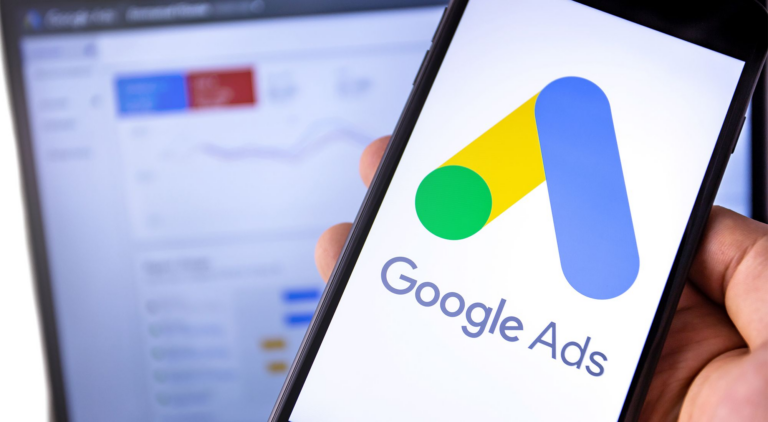In a significant move to empower small and medium-sized businesses (SMBs), Google has reduced the minimum audience size requirement for Customer Match lists in Search campaigns from 1,000 to just 100 users. This change, announced in May 2025, opens new doors for advertisers with smaller customer databases to leverage personalised and intent-driven advertising strategies on Google’s Search platform.
What Is Customer Match?
Customer Match is a Google Ads feature that allows advertisers to upload their first-party customer data; such as email addresses, phone numbers or mailing addresses to create tailored audience lists. These lists enable businesses to re-engage existing customers or reach similar audiences across various Google platforms, including Search, Shopping, YouTube, Gmail and Display.
By matching uploaded customer data with Google users, advertisers can deliver highly relevant ads to specific segments, enhancing the effectiveness of their campaigns.
The Impact of Reducing the Minimum List Size
Previously, the requirement of a 1,000-user minimum for Customer Match lists in Search campaigns posed a challenge for many SMBs, limiting their ability to utilise this powerful targeting tool. With the threshold now lowered to 100 users, smaller advertisers can:
- Compete More Effectively: Level the playing field with larger competitors by accessing advanced targeting capabilities previously out of reach.
- Implement Precision Targeting: Reach specific customer segments with tailored messages, improving engagement and conversion rates.
- Enhance Budget Efficiency: Focus advertising spend on high-value audiences, reducing wasted impressions and clicks.
This adjustment aligns with similar changes made to YouTube’s customer list minimums, indicating a broader effort by Google to standardise audience requirements across its platforms.
Eligibility and Best Practices
To utilise Customer Match, advertisers must adhere to Google’s policies, including:
- Policy Compliance: Maintain a good history of policy adherence and payment reliability.
- Data Collection: Use first-party data collected directly from customers, ensuring transparency and consent.
While all policy-compliant advertisers can use Customer Match in the “Observation” setting and for exclusions, those with at least 90 days of Google Ads history and over $50,000 in total lifetime spend gain access to additional features, such as the “Targeting” setting and manual bid adjustments.
Tips for Success:
- Regularly Update Lists: Keep your customer data fresh to maintain relevance and accuracy.
- Enhance Match Rates: Include multiple data points (e.g., email, phone number) to improve the likelihood of successful matches.
- Ensure Compliance: Adhere to privacy regulations and obtain proper consent when collecting and using customer data.
Strategic Implications
This reduction in the minimum list size requirement is more than a technical update; it’s a strategic shift that reflects the evolving digital advertising landscape. As privacy concerns and regulations grow, leveraging first-party data becomes increasingly crucial. Google’s move empowers advertisers to build stronger relationships with their customers through personalised and responsible marketing practices.
For SMBs, this change offers an opportunity to enhance their digital marketing efforts, engage more effectively with their audiences and drive better business outcomes.
Conclusion
Google’s decision to lower the Customer Match list minimum to 100 users in Search campaigns marks a significant advancement for advertisers, particularly SMBs seeking to maximise their marketing impact. By facilitating greater access to personalised advertising tools, Google enables businesses of all sizes to connect with their customers more meaningfully and efficiently.
As the digital advertising environment continues to evolve, staying informed about such changes and adapting strategies accordingly will be key to maintaining a competitive edge.









